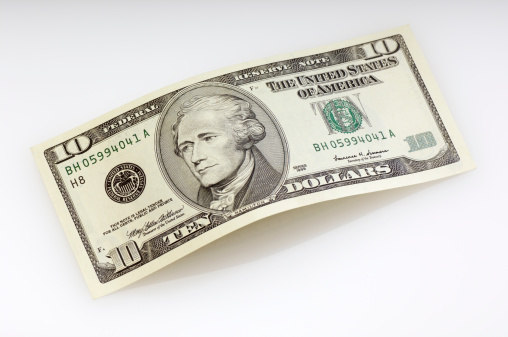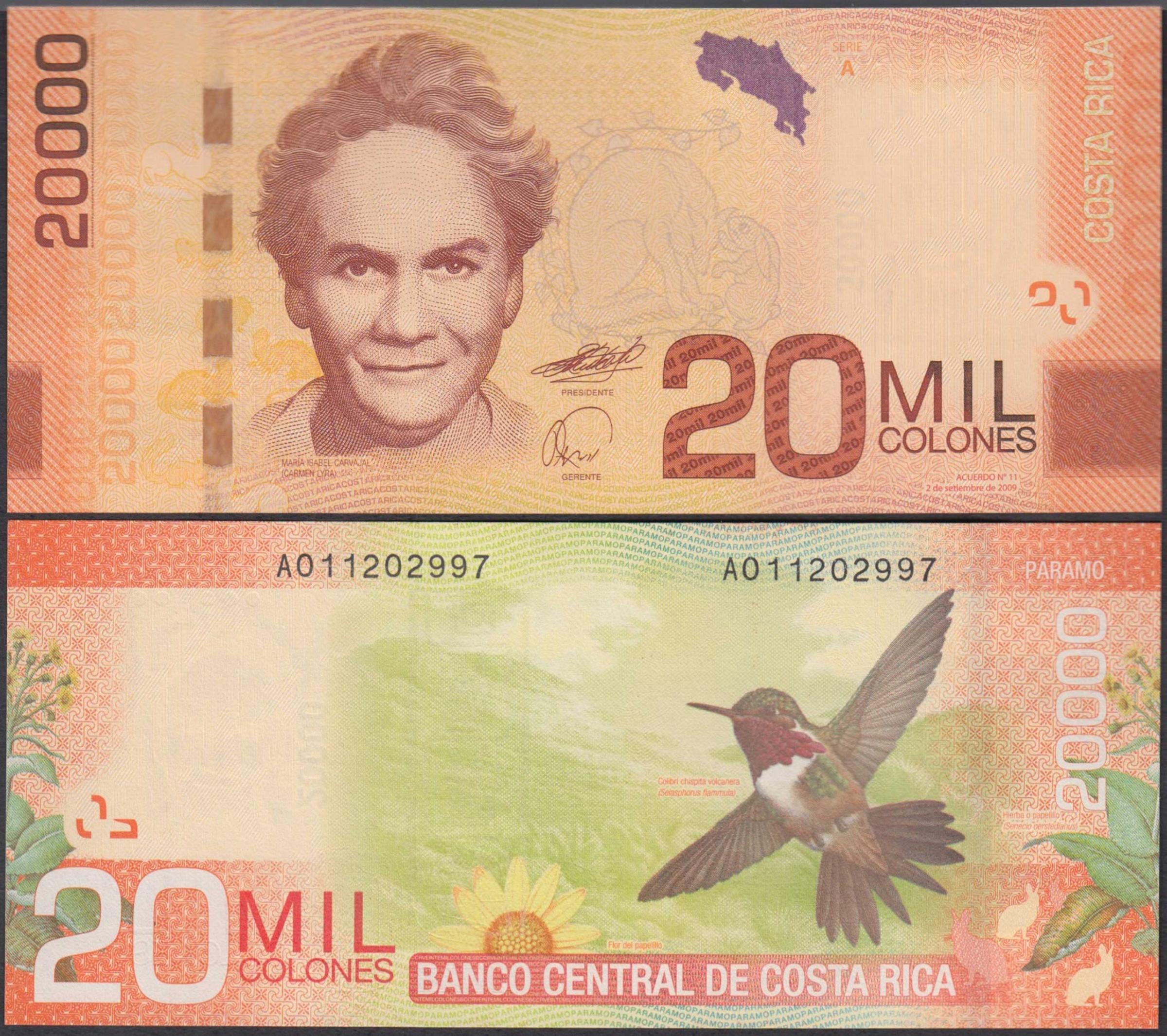
Suppose you were Treasury secretary at a moment of worrisome global financial instability. Here is near-bankrupt Greece, truculently threatening, unless Germany pays the pensions of its retirees and the salaries of its public servants, to undermine Europe’s rather fanciful currency, managed by a central bank operating within no single government’s fiscal policy. Meanwhile, in the world’s two largest national economies, China is trying to deflate safely a giant real-estate bubble of ghost cities financed by zombie banks, while the U.S. Federal Reserve presides over the seventh year of capitalism with an almost zero return on capital. Would you spend any time, as Treasury secretary Jack Lew is doing, on redesigning the $10 bill by removing the portrait of Alexander Hamilton, the genius architect of the nation’s financial system, as its main image and replacing it with the portrait of a woman, based on the politically correct whim that America should mark the 2020 centennial of women’s suffrage in this way?
What woman? It seems that almost any one will do, from civil rights pioneer Rosa Parks to Cherokee chief Wilma Mankiller, the Wall Street Journal reports. “It’s very important to be sending the signal of how important it is to recognize the role that women have played in our national life and in our national history for a very long time, really from the beginning,” said Lew, in prose that shows that language can become as inflated and devalued as currency.
This move would be an error of almost comic silliness. What makes money sound is people’s belief in the solidity of its value. It isn’t that it is made of gold, since history teaches that governments have debased even the hardest currency, clipping tiny bits off gold coins or mixing base metal with bullion in new batches stamped at the mint. The same is true of gold-backed banknotes, which governments have devalued again and again. After all, beyond its commodity value for filling teeth or making jewelry, gold has no value beyond the magical quality superstition assigns to it—or once assigned to it.
As world-historical Founding Father Hamilton rightly postulated, a banknote or a coin is just a promise to pay, whose value ultimately rests on people’s trust that that promise will be fulfilled. And it can be fulfilled, not because America’s currency represents some set quantity of specie but rather because it mobilizes “the productions of the country,” wrote Hamilton, fueling the nation’s “unequalled spirit of enterprise, which . . . is in itself an inexhaustible mine of national wealth,” more than any of the gold mines of Spanish America or the not-yet-discovered gold fields of California. The wealth of the nation, at its most fundamental level, consists of the energy and imagination of its citizens in making use of and developing the natural and human resources at hand, often in ways never dreamt of before, and in the constant commercial exchange of the productions of their industry and inventiveness. The medium of exchange—the currency—that allows all this to happen seamlessly therefore does possess something like the magical quality of a self-fulfilling prophesy. The belief that it represents wealth frees and incentivizes people to create wealth.
Recognizing the role of belief—of faith—in making a currency work, Hamilton noted that “in nothing are appearances of greater moment, than in whatever regards credit. Opinion is the soul of it”—that is to say, the spirit that breathes life into it—“and that is affected by appearances as well as realities.” It’s for that reason that our first Treasury secretary backed his paper currency with a tiny fraction of gold, when gold still carried its magical aura. It would make the paper seem sound, so that people wouldn’t try to cash their paper dollars in for it all at once but instead would use them to finance productive activity. Like Dumbo’s feather, the small national stock of gold was a totem that gave people the courage and incentive to work the magic that was in themselves, which is what wealth creation really is. It’s for that reason, too, that Hamilton ensured that the shareholders of the central bank that would manage the currency would be largely private investors, with a minority government stake, because governments can’t resist the temptation to pay off national debt by inflating the currency, thus debasing it as a trustworthy medium of exchange. Private owners, by contrast, care about nothing more than the stability of their bank.
So the completely fiat U.S. currency that came into being when President Richard Nixon ended the dollar’s convertibility into gold in 1971 is scarcely more factitious than Hamilton’s 1790s dollars, but it is theoretically no less solid and effective—as long as the central bank manages it, as Hamilton did, to ensure its solidity. That’s why the 1978 Humphrey-Hawkins Act proved so dangerous to the national credit, for it charged the U.S. central bank—the Federal Reserve—with the impossible, contradictory task of balancing the economic need for a sound currency with the political desire for full employment. And it’s no wonder that the Fed is coming under criticism for its failures to do an impossible job flawlessly, or that critics are proposing such nostrums as a return to the gold standard.
The Most Beautifully Designed Currencies from Around the World









I would suggest the simpler Hamiltonian course of repealing Humphrey-Hawkins, giving the Fed responsibility and regulatory powers only to ensure a sound currency, and insulating it as much as possible from meddling by government, now more fiscally profligate than usual. But with so much worry in the air about the soundness of our currency, I would urge Secretary Lew to remember Hamilton’s words about appearances. Hamilton is on the $10 bill not because he is a white man (though a West Indian immigrant) but because he helped found the world’s oldest and most successful democracy and created a remarkably resilient financial system—if we can keep it. While Misses Parks and Mankiller are no doubt estimable and important characters, it is at least arguable whether they are in a league with Martha Washington, Abigail Adams, Sarah Jay, or Dolley Madison—and, as a mere matter of historical fact, none of those extraordinarily talented women founded our nation or framed the constitutional system that, however battered, has survived for more than two and a quarter centuries. So we honor Hamilton on our banknote for the inestimable value and worth of his contribution to our own freedom and prosperity.
The change Secretary Lew proposes is, he says, “symbolic,” but “symbols are important.” Indeed they are. So he would do well not to meddle with symbols of value and worth—the nation’s currency—in a way that suggests that value and worth can change with the shifting currents of politically correct fashion.
Myron Magnet, City Journal’s editor-at-large and its editor from 1994 through 2006, is a recipient of the National Humanities Medal. His latest book is The Founders at Home. This article originally appeared on City Journal
More from City Journal:
More Must-Reads from TIME
- Cybersecurity Experts Are Sounding the Alarm on DOGE
- Meet the 2025 Women of the Year
- The Harsh Truth About Disability Inclusion
- Why Do More Young Adults Have Cancer?
- Colman Domingo Leads With Radical Love
- How to Get Better at Doing Things Alone
- Michelle Zauner Stares Down the Darkness
Contact us at letters@time.com